RC AURA LIGHT MATE PORCELAIN
SAR85.10
OUTDOOR FROST PROTECTION PRODUCTS
1. It must be ensured that the product is frost resistant. Tiles belonging to group BI, (porcelain tiles) are recommended. In any case consult the technical characteristics in our catalogue.
2. Prior to laying the product, the wall or floor must be perfectly levelled, either with levelling paste or mortar, forming the necessary slopes (2%) to prevent water stagnation. In terraces or uncovered areas, waterproofing and drainage connected to a drain under the floor screed is recommended.
3. A special adhesive cement for exteriors must be used and always place the pieces with a joint of more than 5 mm, always use special grout for exteriors, covering the joint and prevent water from filtering through the joint.
4. Expansion joints must be made all around the perimeter, every 6-9 m2 and respect the structural expansion joints.
5. Always use a notched trowel in the application of the cement adhesive, the tiles should be hammered with a rubber hammer. No voids should be left under the surface of the piece, that is to say, it must be totally solidified.
RECTIFIED PRODUCTS
1. It is recommended to use always a levelling system. Do not wet the pieces before its placement. Rectified products have to be installed always dry in order to avoid possible deformations of the material.
2. Prior to laying the rectified product, the wall must be plumbed with mortar. The minimum setting time of this surface should be 2-3 days.
3. Once the mortar is completely dry, the trowel should be used to apply the tile adhesive. The instructions indicated by the manufacturer on the product packaging must be strictly followed.
4. For a correct placement it is recommended a minimum joint between pieces of 2 mm.
5. The fixing, placement and seating of the pieces should never be done by hitting the material.
6. The walls must be completed.
7. Protect the pavements from premature traffic during the hardening phase.
8. Once all the pieces are in place and the tile adhesive has dried, proceed to grouting with grout and a rubber trowel. It is necessary to follow the instructions of kneading and placement indicated by the manufacturer on the product package. 9. Once the material has been grouted, it should be cleaned with a damp sponge, before the definitive hardening of the grouting.
FITTING RECOMENDATIONS FOR BIG SIZES WITH LEVELING SYSTEM
Grupo Halcon offers a wide range of formats. Following the latest trends in flooring, the sizes are getting larger. The advantage of these materials is that they have a much greater flexibility while maintaining the values for hardness and breaking strenth. In the market there are specific fitting systems for this type of product for easy installation. With these systems, we are able to overcome the unevenness of the floorand accommodate the curvature of the pieces getting a much flatter surface Grupo Halcon, recommends the use of a leveling system to optimize installation time, avoid irregularities in the floor and get a perfect finish.
MAINTENANCE TIPS POLISHED PORCELAIN
What we need to do when we want to clean stains on “polished” tiles is different to what is done with the rest of ceramic materials; in the interest of optimal maintenance and cleanliness, it is recommended that we carry out a number of steps before we install them as paving for residential interiors. Grupo Halcon will not be held liable for problems arising from material which has not been fitted according to the following instructions and aftercare advice:
• All Porcelain tiles by nature contain micro pores on the tile surface. We recommend sealing or applying an anti-permeability agent on all polished porcelain tiles in order to protect the tiles (MP/90, Fila).
• Tapping to firmly even up the pieces in a uniform way by using a mallet made from white rubber. Never use a black or grey one for this purpose.
• Once we have done any necessary tuck pointing and evening-up, we clean the surface with a moist sponge before the tuck pointing material hardens.
• We must use adequate methods to avoid any shine loss or scratching during the construction process.
• Daily cleaning will be done with clean water and a squeeze-dry mop.
• In areas where the paving is more likely to be dirty, (kitchens, etc…) bleach or ammoniac can be added to a floor detergent (in these cases we recommend that the floor be given a final thorough rinsing with the mop.)
• Waxes or oils etc. must not be applied since the minimally porous nature of the surface of the porcelain tile makes it unadvisable to do so as it may result in “blotchiness” on the surface when viewed against the light.
• Stains with an organic origin (wine, coffee, grease, blood, etc…) may be removed with highly concentrated bleach (the kind of bleach used for floors, not the kind used to wash clothes).
• Paint or tar-based stains will require specific solvents (acetone, turpentine, etc…)
• For the removal of fixing material residues, pointing tuck materials and marks made from metal tools we can use a commercial anti-incrustation acid (cement-remover).
• The chosen product should not contain traces of hydrofluoric acid (HF); Avoid using hydroflyuorid acid.
• All of the aforementioned advice can eliminate all kinds of stains with the exception of stains which have their origin in micro-carbon (black staining from smoke) which must be avoided at all costs).
| Size | , |
|---|---|
| Product Color | |
| SQM |
Only logged in customers who have purchased this product may leave a review.
Related products
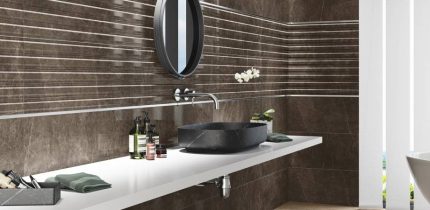
Acra Glazed Ceramic Standard Body
SAR82.80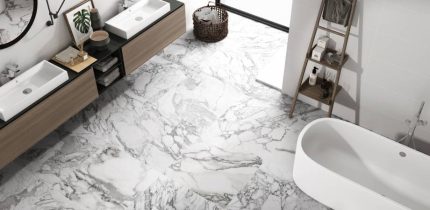
Ascot
SAR86.25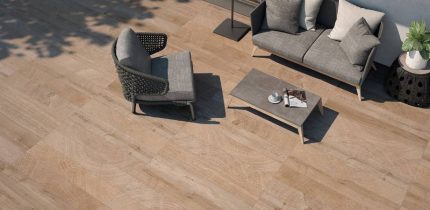
Blum
SAR86.25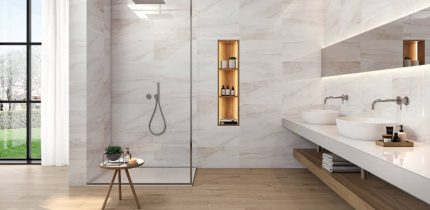
Chamonix
SAR74.75
Costa Marfil
SAR161.00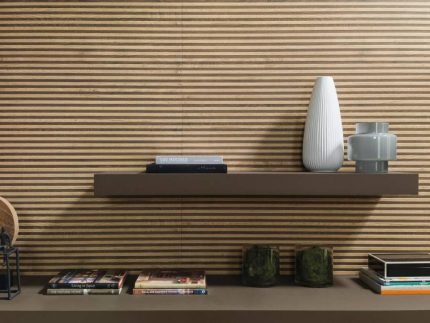
Liston Madera Roble
SAR190.90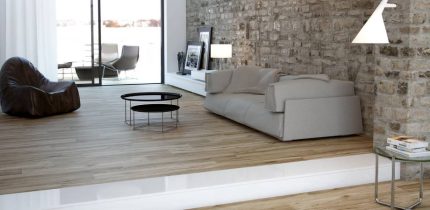
Milena
SAR102.35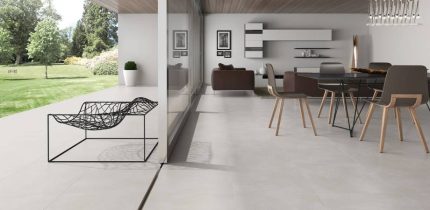
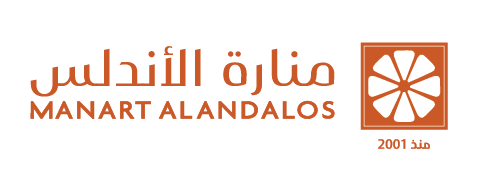


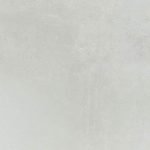
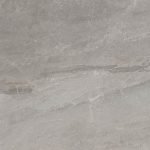


Reviews
There are no reviews yet.